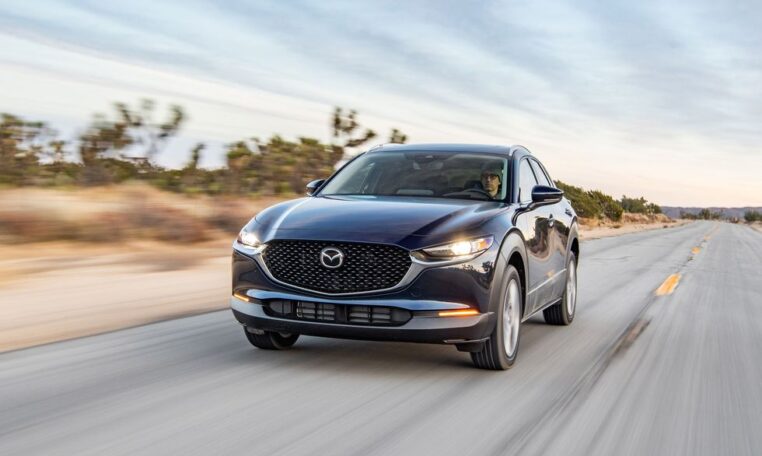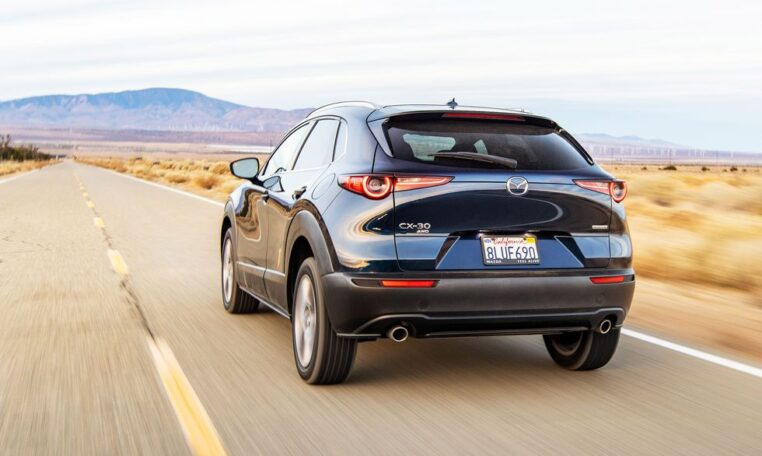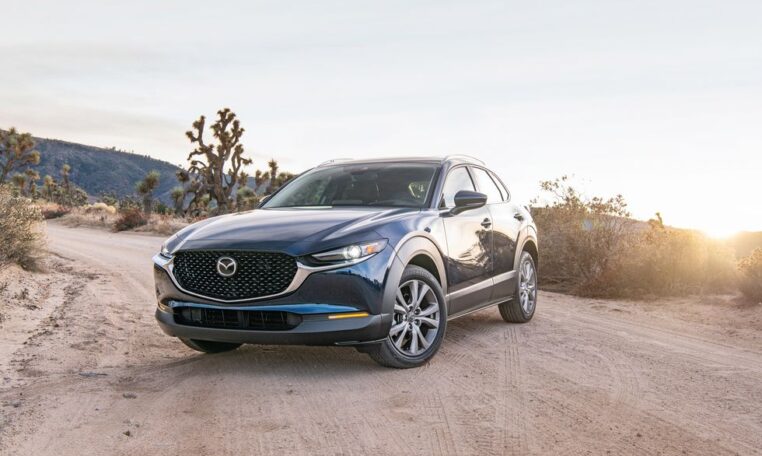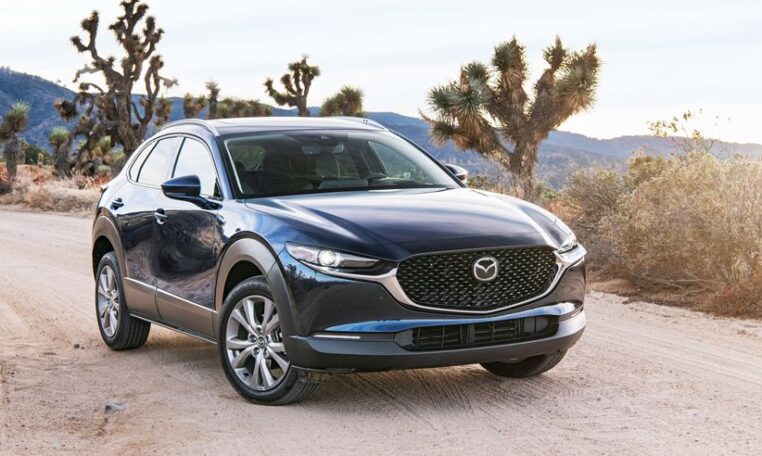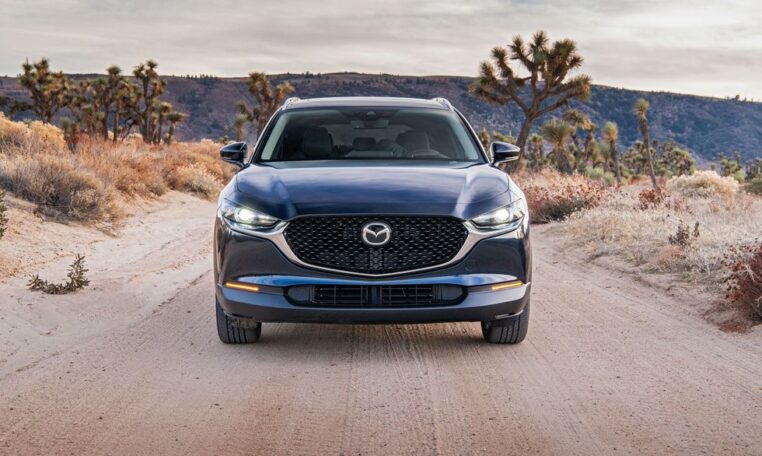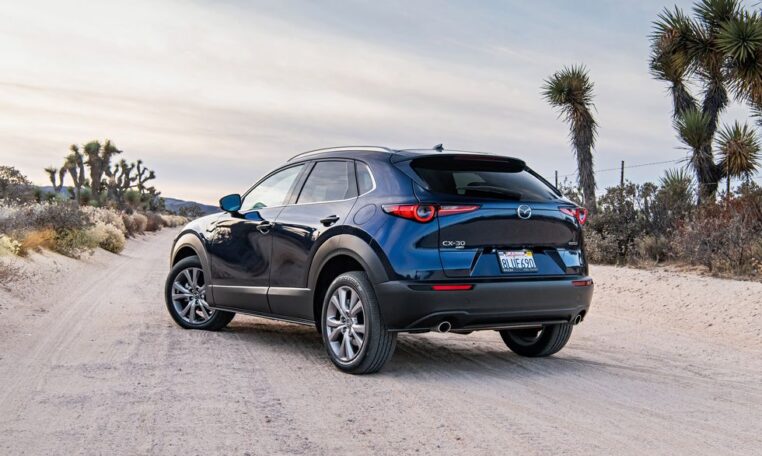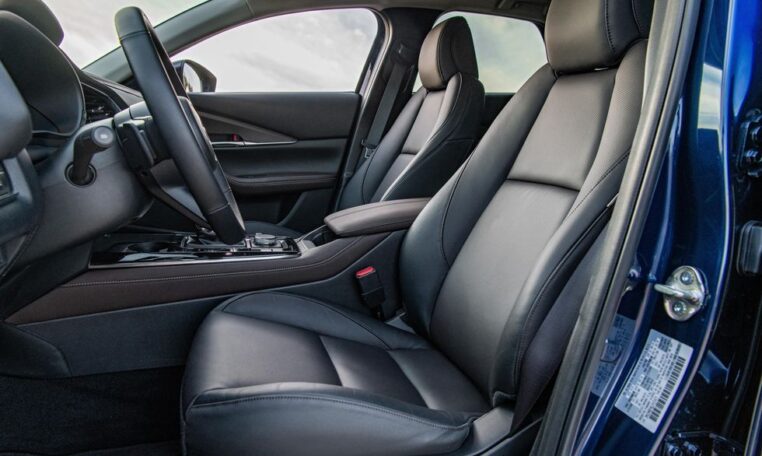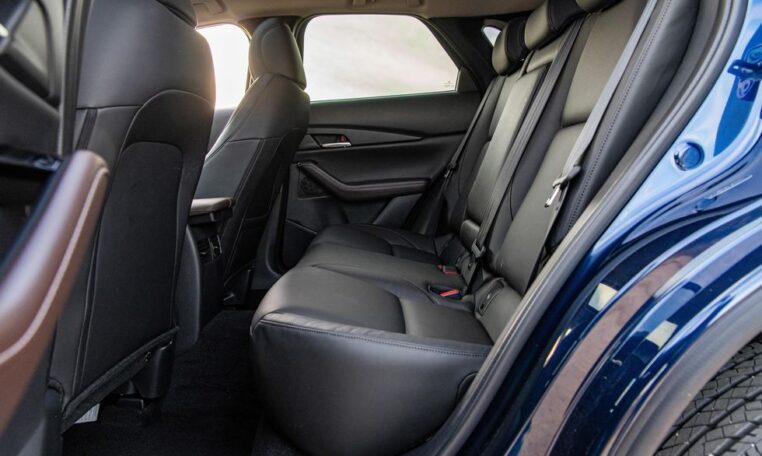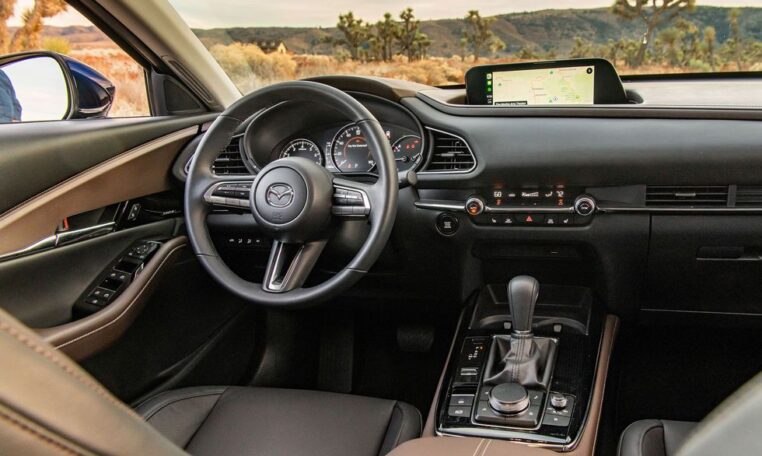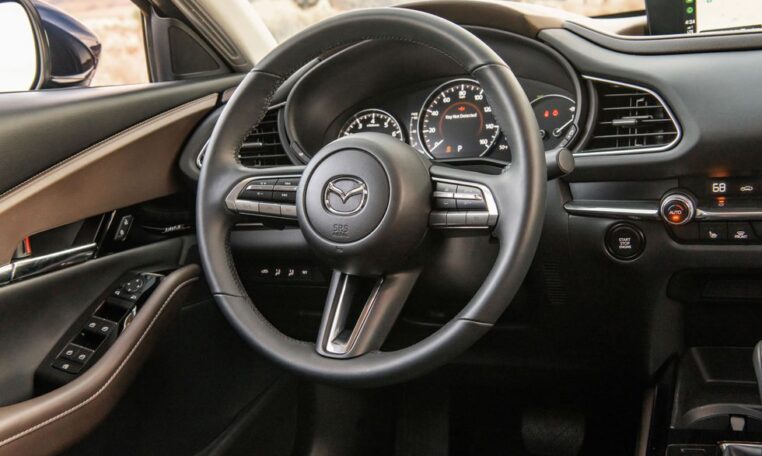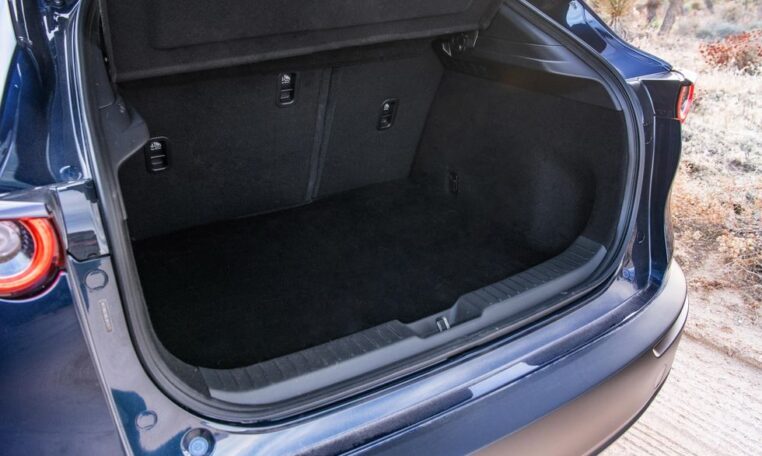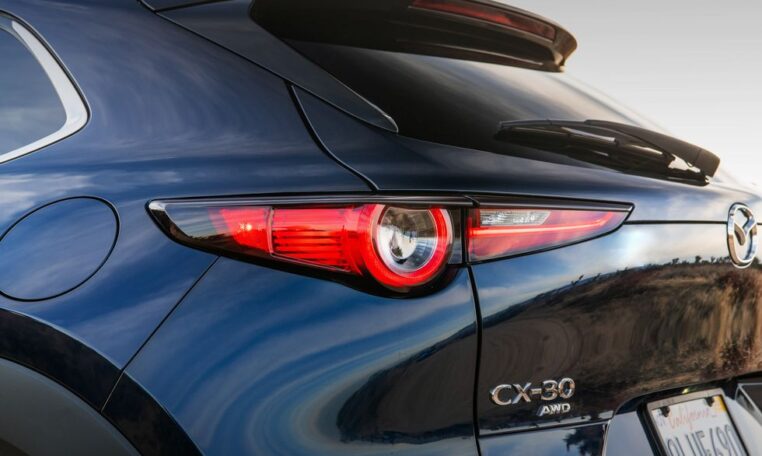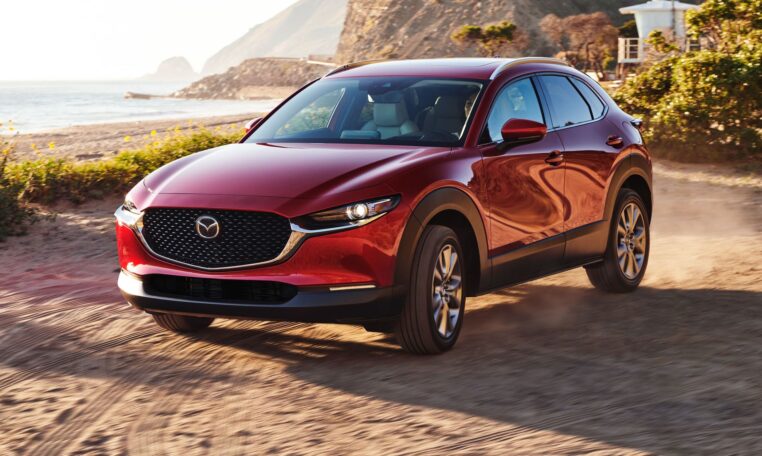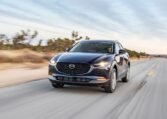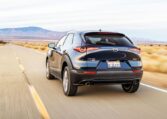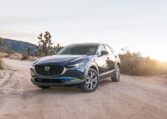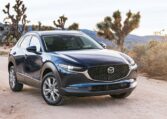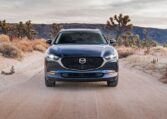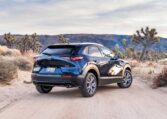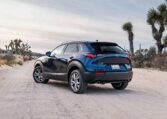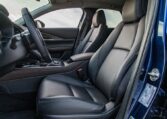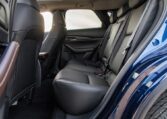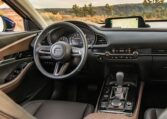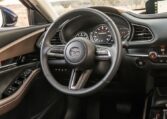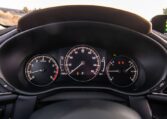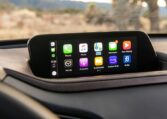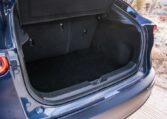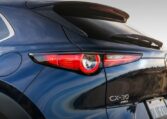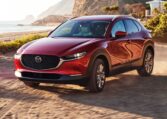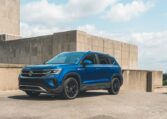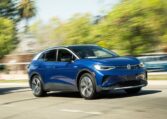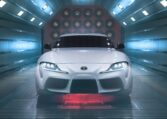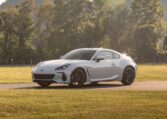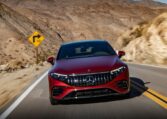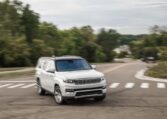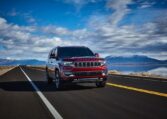NEW 2022 Mazda CX-30
Although the Mazda CX-30 is close in size to the CX-3 SUV, it’s a more modern—and hugely desirable—offering. It borrows its styling, interior design, and powertrain from the Mazda 3 sedan and hatchback, and adds a slightly lifted suspension that gives it an SUV-like feel (albeit barely) from behind the wheel. A 2.5-liter four-cylinder provides adequate power and can be had with either front- or all-wheel drive; a far more powerful turbocharged 2.5-liter is optional and comes standard with all-wheel drive. Inside you’ll find a near-premium cabin that should give more-expensive rivals such as the Audi Q3 and the BMW X1 pause; Mazda throws in a host of standard driver-assistance features as well. In our opinion, if you insist on a subcompact SUV over a similarly priced sedan or hatchback, the CX-30 belongs at the very top of your shopping list.
Engine, Transmission, and Performance
The CX-30’s standard engine is a 2.5-liter four-cylinder engine with 186 horsepower which is paired with a six-speed automatic which chooses gears wisely based on driving conditions. A turbocharged 2.5-liter engine is optional and provides 250 horsepower; selecting this powertrain also adds all-wheel drive. If you’re a fan of the Mazda 3 hatchback, which we are, you’ll find the CX-30 just as nimble, athletic, and fun to drive. Its crisp steering and fluid body movements make it a pleasure to pilot on a twisty road and provide a sense of stability when cruising. At our test track, the CX-30 dawdled to 60 mph in 8.1 seconds, slower than rivals such as the turbocharged Hyundai Kona but much quicker than other non-turbocharged SUVs such as the Nissan Rogue Sport and the Subaru Crosstrek. We haven’t yet tested a CX-30 with the optional turbocharged engine but expect its performance to be substantially improved.
Fuel Economy and Real-World MPG
Front-wheel-drive CX-30 models receive fuel-economy estimates of 25 mpg city, 33 mpg highway, and 28 mpg combined from the EPA; all-wheel drive drops the estimates for the nonturbo model to 24 city, 31 mpg, and 26 mpg. On our 200-mile highway fuel-economy test route, our all-wheel-drive CX-30 Premium test vehicle managed to exactly match its EPA rating of 31 mpg. Fuel economy estimates for the new turbocharged engine are not yet available.
Interior, Comfort, and Cargo
The 2022 CX-30 has a handsome, well-crafted interior; it’s shared with that of the Mazda 3, which we love. An infotainment display sprouts from the center of the dashboard and is controlled by a rotary knob on the center console; a row of climate-control buttons divide the upper and lower dash panels. Buyers can choose between either an eight- or 12-speaker audio system and can upgrade to available heated front seats. Going with the top-spec Premium trim adds leather upholstery, a power-operated rear liftgate, and other luxury items that put the CX-30 in contention with luxury-brand offerings such as the Lexus UX and the Mini Countryman. As far as cargo-carrying capability goes, the CX-30 isn’t the most voluminous SUV you can buy, but we did fit six carry-on suitcases behind the rear seats and 16 in total with the rear seats folded.
Infotainment and Connectivity
The CX-30 comes with a standard 8.8-inch screen and Mazda Connected Services, which allows owners to lock and unlock, remote start, and monitor their vehicle through the MyMazda app. The CX-30 also is equipped with standard Bluetooth, two front USB inputs, and Wi-Fi hotspot capability. Available features include Apple CarPlay/Android Auto integration and SiriusXM satellite radio.
Safety and Driver-Assistance Features
The National Highway Traffic Safety Administration (NHTSA) has given the CX-30 a five-star safety rating and the Insurance Institute for Highway Safety (IIHS) named it a Top Safety Pick. There are also a number of impressive standard driver-assistance features that come on the CX-30, including adaptive cruise control, lane-keep assist with lane-departure warning, and automated emergency braking. Available optional features include a head-up display and blind-spot monitoring.
Browse through the vast selection of vehicles that have recently been added to our inventory.
